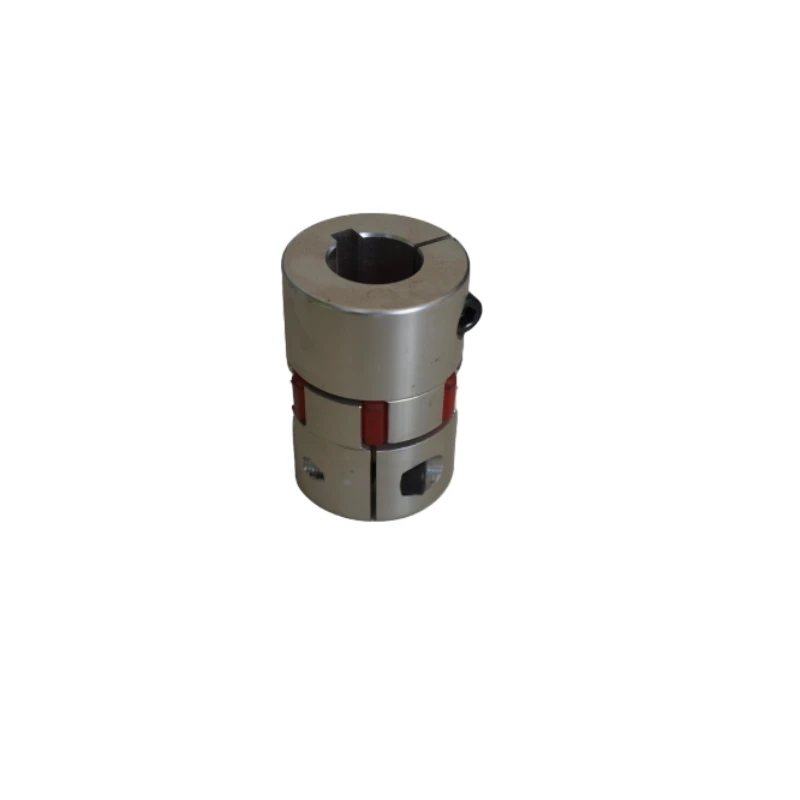Exploring the Advantages of Progressive Stamping in Manufacturing Components
Understanding Progressive Stamping Parts Enhancing Efficiency in Manufacturing
Progressive stamping is a highly sought-after manufacturing process that combines efficiency with precision to produce complex parts, primarily from sheet metal. This method is increasingly popular among industries such as automotive, electronics, and appliances due to its ability to streamline production while maintaining high-quality standards. In this article, we will explore the basics of progressive stamping, its advantages, applications, and the factors to consider when choosing this method for manufacturing parts.
What is Progressive Stamping?
Progressive stamping involves a series of operations performed on a single strip of metal as it moves through a progressive die. This die consists of multiple stations, with each station performing an operation such as cutting, bending, or forming. As the material passes through the die, it is progressively shaped into the desired form. The process typically utilizes high-speed presses that can produce thousands of parts per hour, making it ideal for high-volume production runs.
Advantages of Progressive Stamping
1. High Efficiency One of the primary benefits of progressive stamping is its speed. The continuous feeding of material and the simultaneous execution of several operations allows for rapid production, significantly reducing cycle times and labor costs.
2. Precision and Consistency Progressive dies are designed to achieve high levels of precision, ensuring that each part produced meets strict tolerance specifications. This consistency is critical in industries where even minor deviations can lead to significant problems.
3. Reduced Material Waste The progressive stamping process is highly efficient in material usage. The design of the die and the layout of parts on the metal strip are optimized to minimize scrap, making it an environmentally friendly choice.
4. Complex Part Designs Progressive stamping can create intricate parts that may be challenging or impossible to produce using other methods. Features such as holes, bends, and embossing can be integrated into the part in a single run, simplifying the manufacturing process.
5. Lower Manufacturing Costs Although the initial cost of designing and setting up progressive dies can be high, the long-term savings in labor, material waste, and production time can significantly lower overall manufacturing costs when producing large quantities of parts.
Applications of Progressive Stamping Parts
progressive stamping parts

Progressive stamping finds applications in various industries due to its flexibility and effectiveness. Some common applications include
- Automotive Industry Many components such as brackets, clips, and fasteners are produced using progressive stamping. These parts must meet stringent quality and safety standards, making the precision offered by this method essential.
- Electronics In the electronics sector, progressive stamping is used to manufacture intricate components like connectors, housings, and circuit elements. The ability to produce parts with tight tolerances is crucial for ensuring functionality and reliability.
- Aerospace The aerospace industry demands high-strength, lightweight parts that can withstand extreme conditions. Progressive stamping can deliver complex shapes and high precision, meeting the rigorous standards required for aircraft components.
Factors to Consider When Choosing Progressive Stamping
When considering progressive stamping for part production, several factors must be evaluated
1. Volume of Production Progressive stamping is most cost-effective for high-volume production runs. If the anticipated production volume is low, other manufacturing methods may be more suitable.
2. Part Complexity Assess the complexity of the parts to be produced. If the parts require intricate features or shapes, progressive stamping may be the ideal choice.
3. Material Type The choice of material impacts the stamping process. Different materials can affect the durability and performance of parts, so selecting a suitable metal for the application is crucial.
4. Initial Setup Costs While progressive stamping can lead to cost savings in the long run, the initial setup costs for creating custom dies can be significant. Evaluating the return on investment is important before proceeding.
In conclusion, progressive stamping is a versatile and efficient manufacturing method that provides numerous advantages, particularly for high-volume production of complex parts. By understanding its benefits and applications, businesses can make informed decisions on incorporating progressive stamping into their manufacturing processes, ultimately enhancing productivity and product quality. As industries continue to evolve, adopting advanced manufacturing techniques like progressive stamping will be essential for maintaining competitiveness in the market.
-
OEM Sand Cast Pump Valve Fittings - Baoding Hairun Machinery And Equipment Trading Co., Ltd.NewsAug.01,2025
-
Custom OEM Impellers | High Efficiency & PrecisionNewsAug.01,2025
-
OEM Sand Cast Pump Valve Fittings - Baoding Hairun Machinery | Customization, Quality AssuranceNewsAug.01,2025
-
OEM Sand Cast Pump Valve Fittings - Baoding Hairun Machinery And Equipment Trading Co., Ltd.NewsAug.01,2025
-
OEM Sand Cast Pump Valve Fittings - Baoding Hairun Machinery And Equipment Trading Co., Ltd.NewsJul.31,2025
-
OEM Sand Cast Pump Valve Fittings - Baoding Hairun | Precision Engineering, CustomizableNewsJul.30,2025















